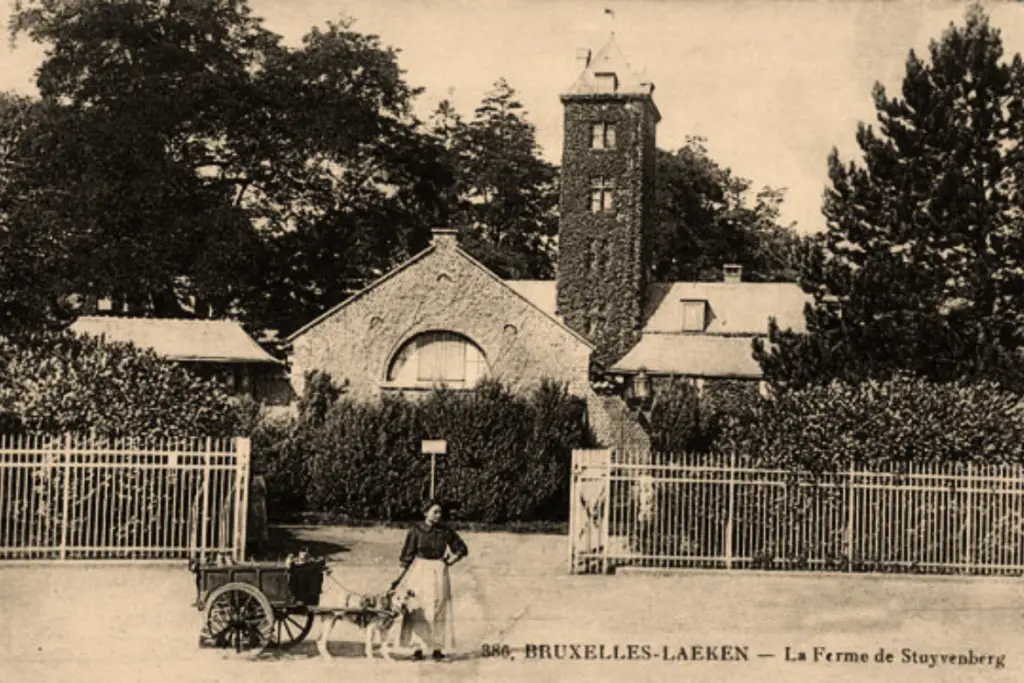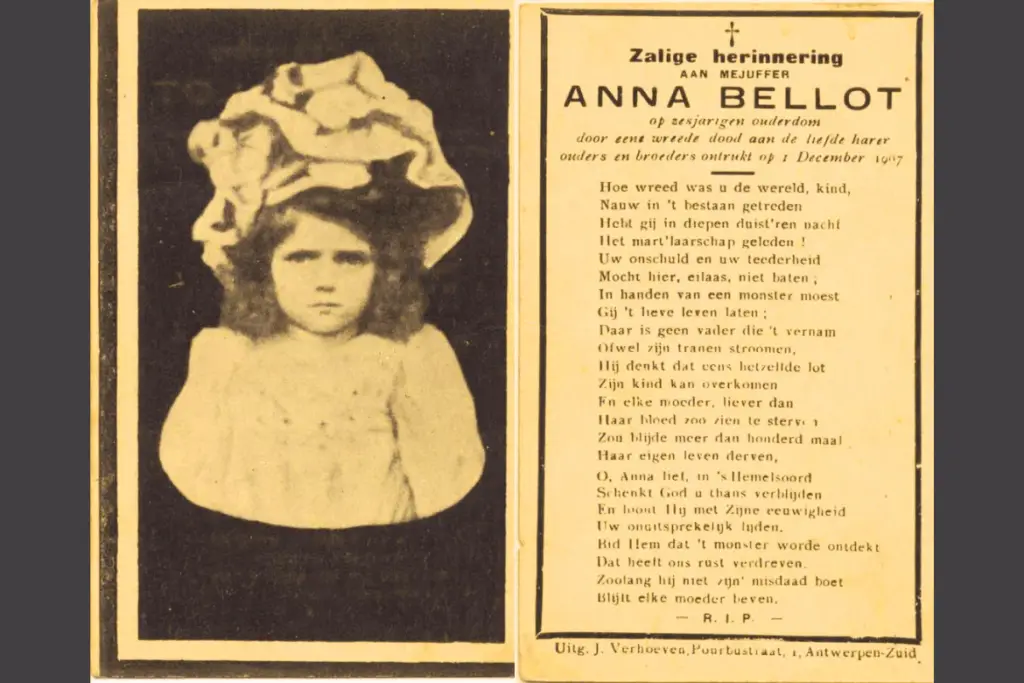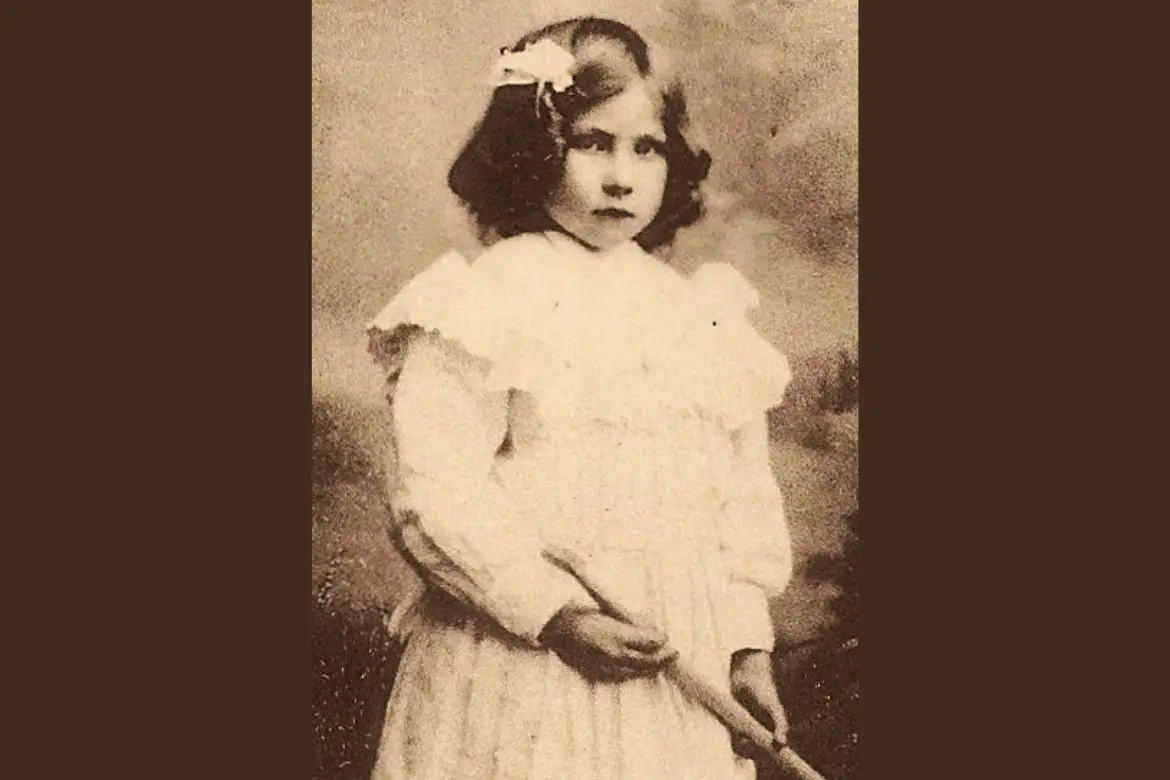It was a pre-WW1 crime that shocked and disgusted the residents of Brussels, Belgium. Jeanne Van Calck, 8, was murdered and dismembered by an unidentified pedophile in 1906. Nearly two years later, an almost identical crime occurred, and in both cases, Brussels police never caught the killers.
Who Was Jeanne Van Calck?
Jeanne Van Calck was born out of wedlock on September 17, 1897, in Brussels, Belgium, and lived part-time with her grandparents.
Jeanne’s father (name unknown) was a typographer who worked at the newspaper Le Soir. He denied being her father and did not have a relationship with Jeanne. Her mother, Francoise Van Calck, resided at the corner of Boulevard Baudouin and the causeway of Antwerp.
Jeanne’s grandfather worked for a Brussels tramway company during the day and held a second job at night as a controller for the Royal Flemish Theater.
Anna and her grandfather would visit her mother daily for an hour or two in the evenings. But one night, she walked alone and was never seen alive again.
The Murder of Jeanne Van Calck
On February 7, 1907, Jeanne planned to visit her mother. Her grandfather typically accompanied her, but he was running late on this particular evening.
“You are late and Mamma could worry, I will go alone,” Jeanne said.
It was a short walk to her mother’s home, and Jeanne knew the route well, so her grandfather was confident she could make it there unattended and allowed her to go alone.
Jeanne left home around 6:30 p.m. wearing a white apron over her plaid dress, a blue wool hat, and leather ankle boots. However, she never arrived at her mother’s house. She was last seen where Brouckère Tower stands today in De Brouckèreplein (Place de Brouckère).
On the same night, at 11:45 p.m., Joseph Eylenbosch, a machinist at the Alhambra Theatre, demolished in 1973, and his son discovered a package of thick paper tied with hemp on the threshold of their home at 22 Rue des Hirondelles.
Joseph immediately alerted the police, and they retrieved the package, taking it back to the police station. Officer Gustave Vandamme opened the bizarre parcel to reveal a grisly find: Jeanne’s body, still warm and missing the legs.
Police analyzed the package and its contents. The killer had wrapped Jeanne’s remains in pages from the “Le Soir” newspaper, dated January 12 and 27, 1906. The package also contained pages from the “Journal de Paris.”
A massive search ensued for Jeanne’s legs, with the police scouring the streets and canals. On February 15, searchers found Jeanne’s boots. The next day, a gardener found her missing legs in the park of Stuyvenberg, a former Royal farm.

The coroner determined the killer had forced Jeanne to consume a large amount of alcohol, sexually assaulted her, and then strangled her.
Later in the investigation, one of Jeanne’s friends told the police that she saw Jeannie near Jeanne’s grandfather’s home around 7 p.m. on the night of the murder. A male accompanied the girl. Jeanne did not appear distressed; instead, she seemed comfortable with him, as if she knew the man. However, Jeanne and the man headed in the opposite direction of the home of Jeanne’s mother, where she intended to walk before she disappeared.
Investigators quickly dismissed the friend’s eyewitness account because she was a child. They detained numerous suspects, and the Belgian government offered a reward of 20,000 Belgian francs, but they never caught the killer.
Louis Frank, a Paris lawyer, subsequently obtained the police file on Jeanne’s murder and identified 29 breaches in the investigation. One of them included the failure of the authorities to interview children in the area, which resulted in Jeanne’s friend coming forward later.
Police never caught Jeanne’s killer.
Her funeral was held on February 11, 1906, with ten thousand people in attendance. Emile Rossel, owner of “Le Soir,” raised enough money to erect a large monument in a Brussels cemetery.
Jeanne’s killing is now known as the “Murder of Rue des Hirondelles.”
Another Murder

Annette “Anna” Fernande Bellot, 6, and her brother played in the street in De Brouckèreplein or Dam Street around 7 p.m. on December 1, 1907. A man between 35 and 40 years old approached the siblings and asked Anna’s brother to buy him a pack of cigarettes with the promise of candy as a reward. The excited boy eagerly took the man’s money, and the man said he would watch Anna until the boy returned.
“Leave your little sister with me; you will go faster,” the stranger said.
When Anna’s brother returned, Anna and the man were gone. The next day, the police found Anna’s body in a meadow behind the Veterinary School near the Gare du Midi. She had been sexually assaulted and strangled. Police never found her killer.
Anna and Jeanne were close in age, similar in appearance, and abducted from the same area. The abductions occurred around 7 p.m., and the girls were sexually assaulted and strangled during the winter.
At the time of Anna and Jeanne’s murders, Belgium had “market singers.” For years after, songs about Anna and Jeanne were sung, with some lyrics containing graphic details of their demise.
Sources
“Annette Fernande Bellot.” Online Memorial. FindAGrave.com. https://www.findagrave.com/memorial/142248855/annette-fernande-bellot
Gary, Holly. “The Tragic Story of the Murder of Jeanne Van Calck.” Grunge, January 30, 2023. https://www.grunge.com/821051/the-tragic-story-of-the-murder-of-jeanne-van-calck/
“Jeanne Van Calck, child martyr.” DH Les Sports, July 18, 2010. https://www.dhnet.be/archives-journal/2010/07/19/jeanne-van-calck-enfant-martyr-ZK5VBU43CBG2JKDONJGR3UZPX4/
“Jeanne Van Calck.’ Online Memorial. FindAGrave.com. https://www.findagrave.com/memorial/142247897/jeanne-van_calck



